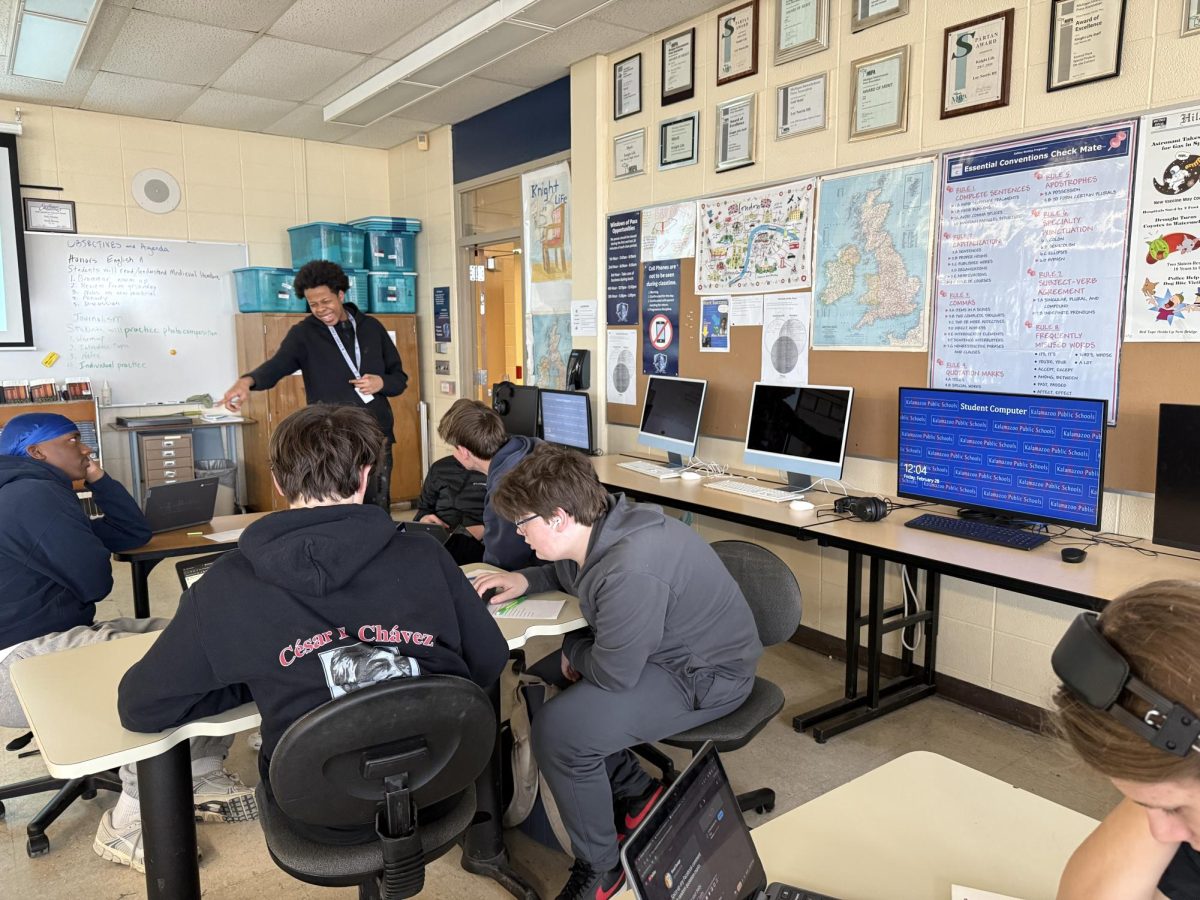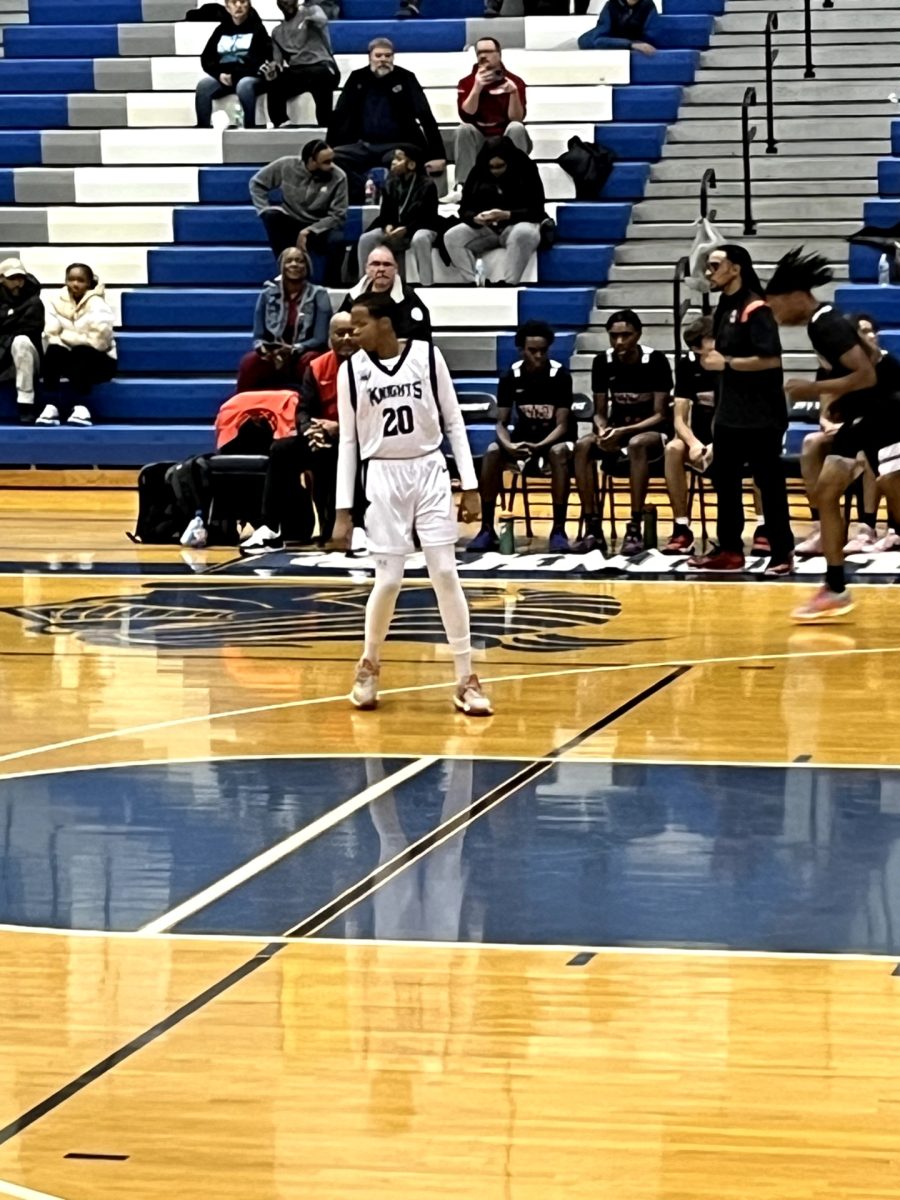Imagine stepping into another country where the cultural tradition, education system and even daily life are different from what you were used to. Over the past 10 years, more than three thousand foreign exchange students have been given the chance to attend school in Michigan through the International Student Exchange program.
This gives students the opportunity to try new things they have never have before and for others to see things they have never seen before. While these programs can be mentally and physically hard for foreign exchange students, many students take advantage of them.
“I like it here,” said Naoko Isobe, a senior from Japan. “There are a lot of people, races, and hair colors here, and in Japan, it’s an island so it’s mostly Japanese people. There are people like that over in Japan, but they are usually tourists or foreign exchange students. It’s so interesting.”
Isobe explained differences including weather, school, transportation and food. Her first day of school at Norrix, she was nervous because she didn’t know anything or anyone, but she was relieved when people started coming to her and talking to her
“It’s like I had people’s attention because people came up to me and wanted to be friends,” said Isobe.
Depending on Japanese schools, they may have different rules: some may not allow you to wear jewelry, or makeup, or have long nails, and you can’t be allowed to have piercings. You also have to wear the right socks that match your uniform– no bright colors.
“It’s hard to express personality or style in Japan, but here there are so many styles and you can see their personality,” said Naoko.
Something that we might see as normal or everyday can be exciting to foreign exchange students.
For instance, in Isobe’s hometown, students either bike, walk, take a train or get a ride to school. In her city, you can’t drive until you’re 18 and have your own car. Schools there don’t provide you with a big yellow bus like in the United States.
“In Japan, there is no security because there are no fights,” said Isobe, “but here, in America, most schools have school codes, security, metal detectors and more to ensure security.”
Naoko experienced some struggles when she first got here. She couldn’t understand nor speak English for her first three to four months.
“I didn’t understand and I had to ask questions every time. Every day I asked a teacher questions, and if I did not know the question, I just asked Google to see if I was correct,” said Isobe.
Another difference Isobe has observed between the two cultures is the attitude around sports. In the United States, sports are seasonal, but in Japan they are different.
“When joining a club like a soccer club, you can’t join any other club because you do something every day in that club. You have to do it for two years, but if you’re doing another club, like in an art club, you can join other clubs,” Isobe explained.
Freshman Saul Quintero experienced many of the same things when he came to Michigan from Mexico.
“When I came here, I struggled with my English,” Quintero said.
Quintero is a student from Michoacan, Mexico. He’s only been here for a year and still finds it a little hard to speak English because it’s something he’s not used to.
“The truth was that I did feel nervous the very first day of school because I thought nobody was going to talk to me,” said Quintero.
Saul began to feel better when people started talking to him. When he didn’t know something, he would ask a question.
Switching classrooms is one of his favorite things to do in school because in Mexico, you don’t switch classes, so it would get boring.
“Over there [Mexico], you are in the same classroom every day. There are different subjects, but you stay in that class the whole time,” he explained.
Lunch at his school isn’t free. Students there have to pay if they want something or pack their own lunch. School rules are also different from here. In Michoacan, girls can’t have their hair down or have bangs. They also cannot wear makeup or have long nails. Everyone has to wear uniforms, and some schools also require students to have some type of shoes for school.
Overall, Quintero and Isobe have faced many challenges, like many other foreign exchange students, but they will continue to learn and experience new things.








